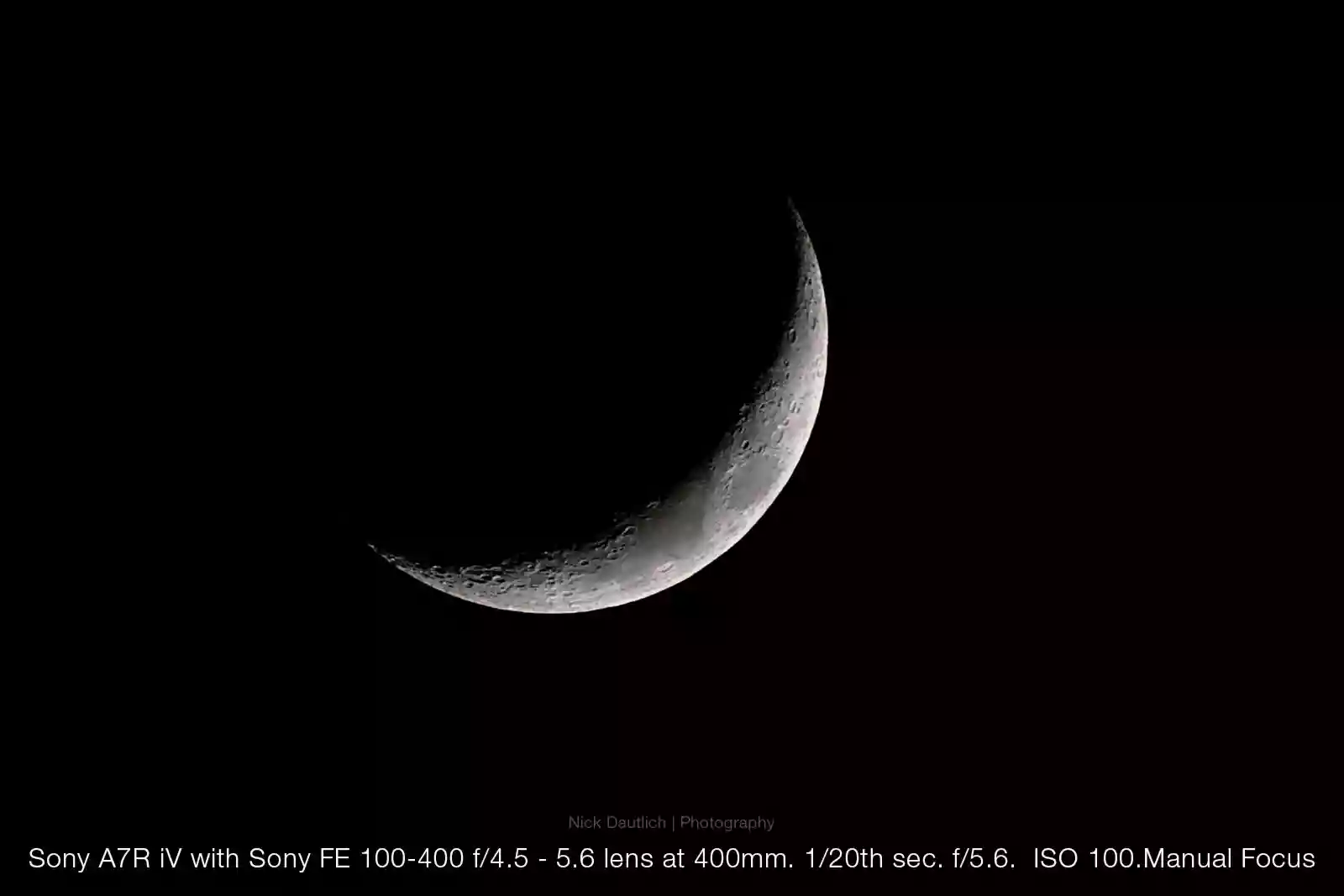- Call us: 01444 237070
- Contact Us
- Stores
- Sign In / Register
-
- Back
- Used Cameras
- Used Lenses
- Used Video
- Used Film Equipment
- Used Stock Alert
- Used Accessories
- Recently Added Used Equipment
- Used Clearance
- Faulty
- Park Picks
- Sell or Part Exchange
- Trade-In
- Blog
- New in
- Call us
- Contact us
- Stores
- Sign in
- Categories
- Tips & Inspiration
- Reviews
- News
- Events
- Features
- Buying Guides
- Competitions
astronomy gear for jupiter and saturn
During the week of the 14th July 2020 the biggest planet in our solar system will appear at its largest as the earth passes between it and the sun. During the whole week Jupiter will be highly visible (clouds permitting) and we’ve gathered some equipment ideas which will help photographers and budding astronomers to get the best view in the house from our very own planet earth.
There is a brilliant interactive tool which allows visitors to select the planet they wish to view, and the tool then displays the best time to take in the night sky in order to view that planet. Visit the Time And Date website here for the celestial tool which includes Jupiter spotting.
Best Camera Bodies For Night Photography
First up we have included some excellent camera bodies which have sensors ideal for capturing darker scenes. Generally most modern cameras are equipped with highly capable sensors however we’ve collated these models for anyone looking for a practical night sky camera.
- Canon EOS RA Astrophotography version - which includes an infrared filter
- The Sony a7 III Body is renowned for its low light capabilities and clean high ISO images
- Nikon D850 Body - the latest Nikon DSLR features a full-frame high resolution sensor which can virtually see in the dark. Clean high ISO images results in a worthy night time capable camera
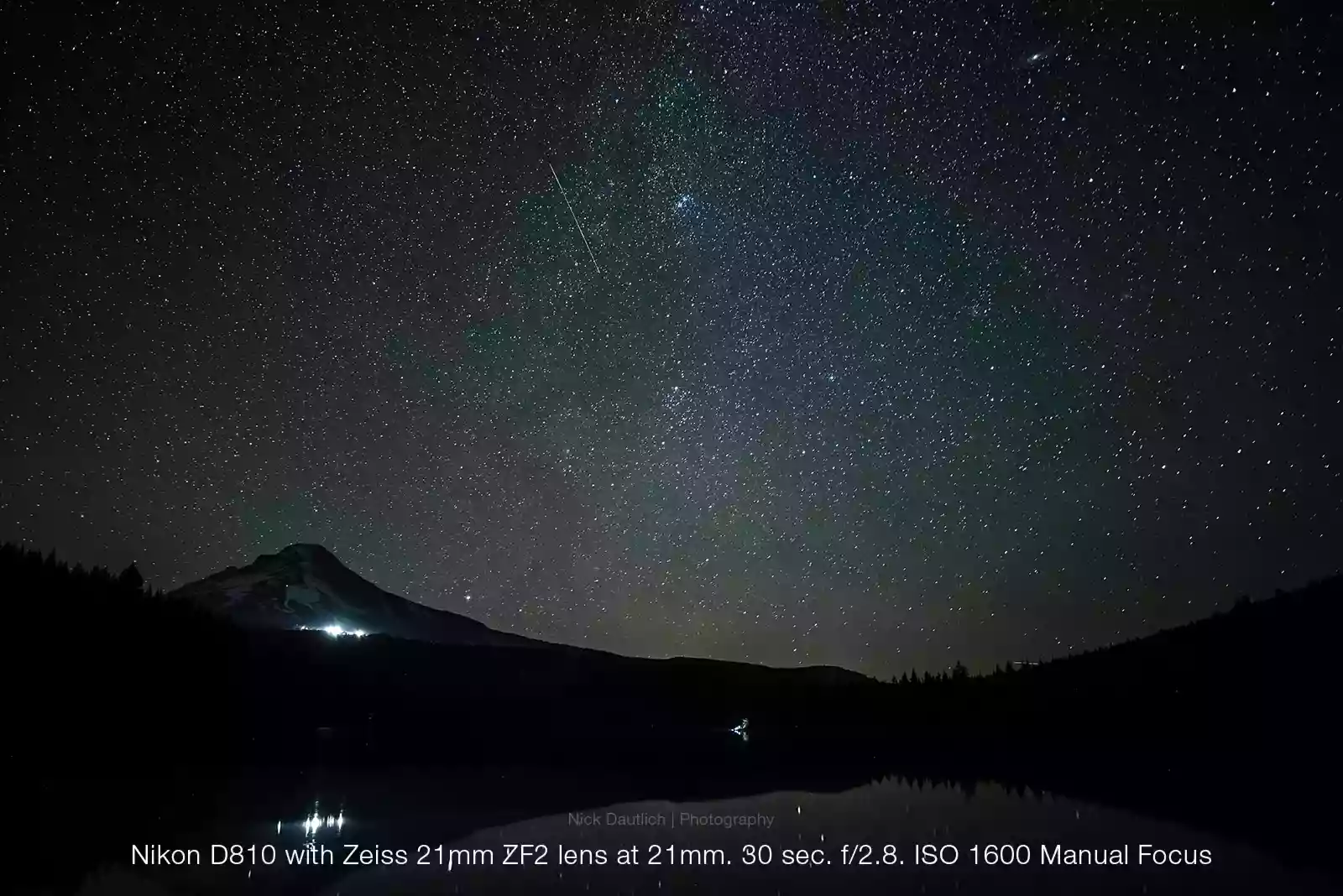
Shooting planets requires powerful super telephoto lenses to get as close as possible. For night scenes with larger compositions such as the milky way we would recommend finding the widest lens possible with manual focus and a bright aperture of f/2.8 or lower if possible. However for these purposes we’ll be looking at interchangeable telephoto lenses which will get us as close to planetary action as possible.
Canon mirrorless: Lucky users of Canons EOS R system are now able to enjoy super telephoto primes including the RF 600mm lens and RF 800mm f/11. Add the RF 2x Extender for an incredible 1200mm or 1600mm which is about as close as we can get to the night sky with a camera system. The RF 100-500mm f/4.5-7.1 also accepts extenders and has a brighter aperture together with versatile zoom capabilities.
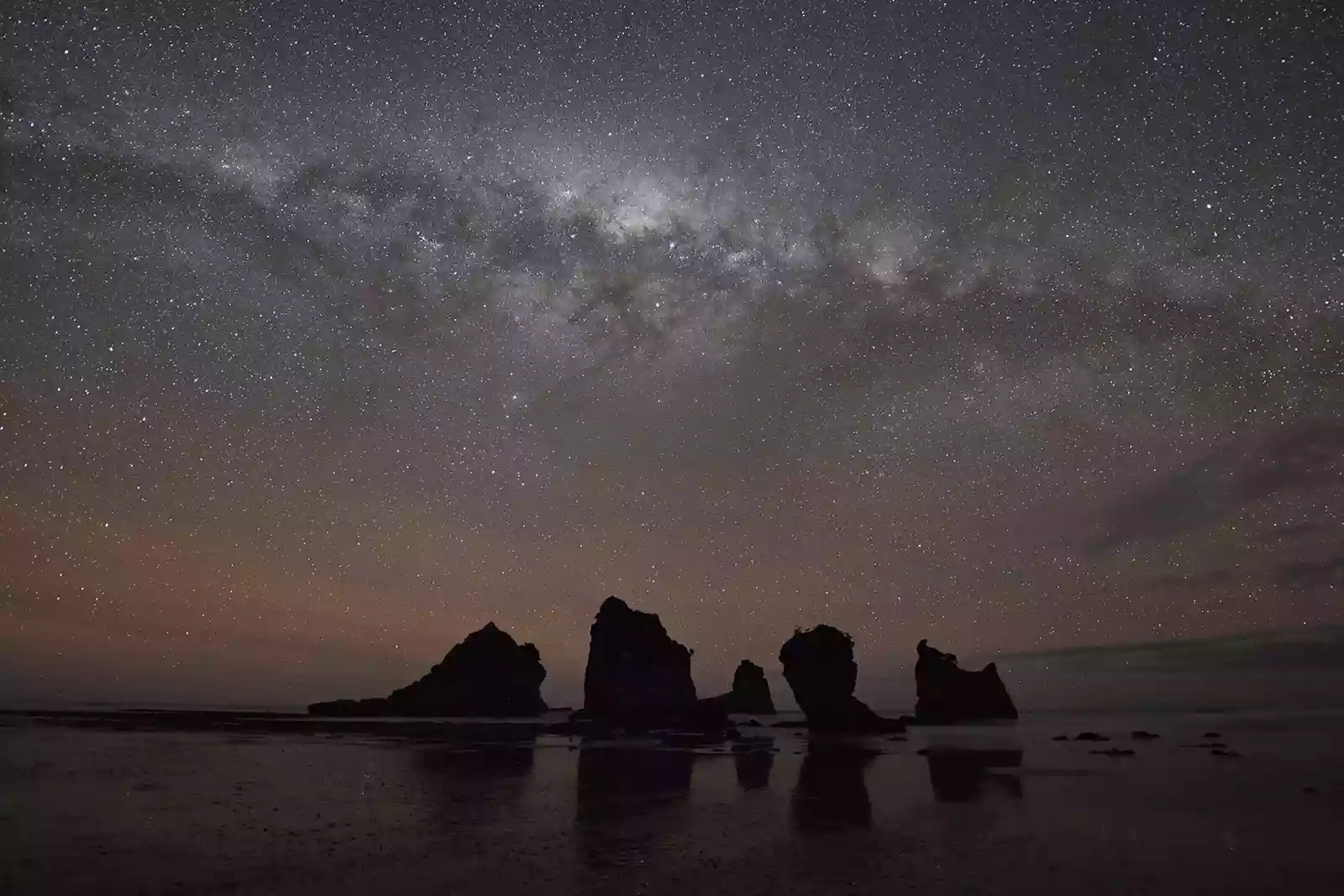
For Nikon DSLR users we would consider the Sigma 60-600mm Lens f/4.5- 6.3 an excellent option at a reasonable budget. The more expensive Nikon 500mm f/5.6E PF is a prime however it provides superb optics which would happily capture any planet including Jupiter And Saturn.
Sony mirrorless camera users have a range of options which include the fantastic and versatile Sony FE 200-600mm lens. With a variable aperture of f/5.6-6.3 this will capture enough light to deliver a bright and crisp image of our planetary cousins.
FILTERS FOR CAPTURING PLANETS AT NIGHT
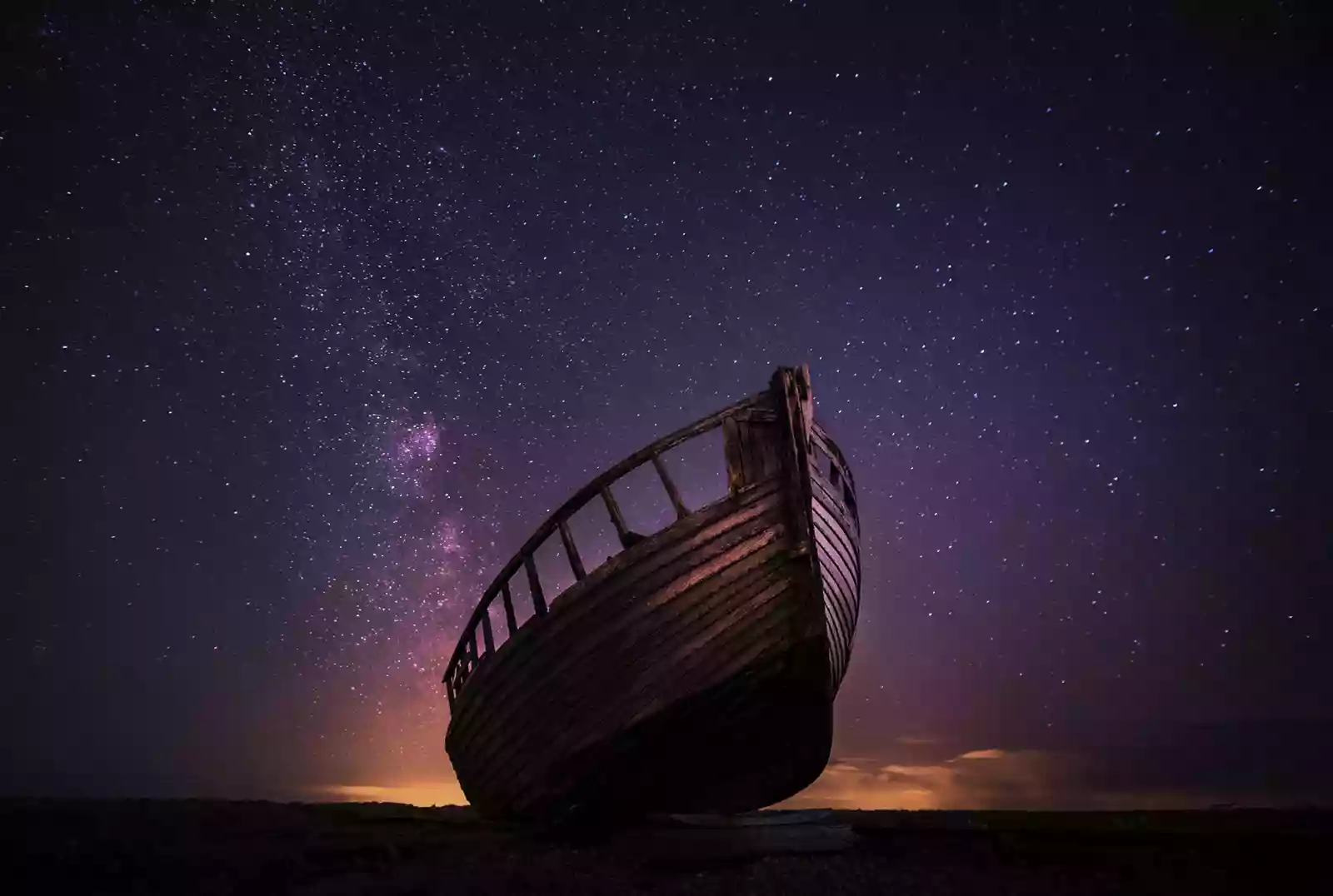
A handy tip when photographing near light pollution is to add a filter which reduces the amount of stray light pollution which is typically visible in the night sky. This will result in clearer and sharper images as diffused light isn’t disrupting what the sensor captures.
Cokin Clearsky filters are available as a ring or square filter and Hoya Starscape are available in a number of ring filter sizes for different lens threads.
Using a Tripod
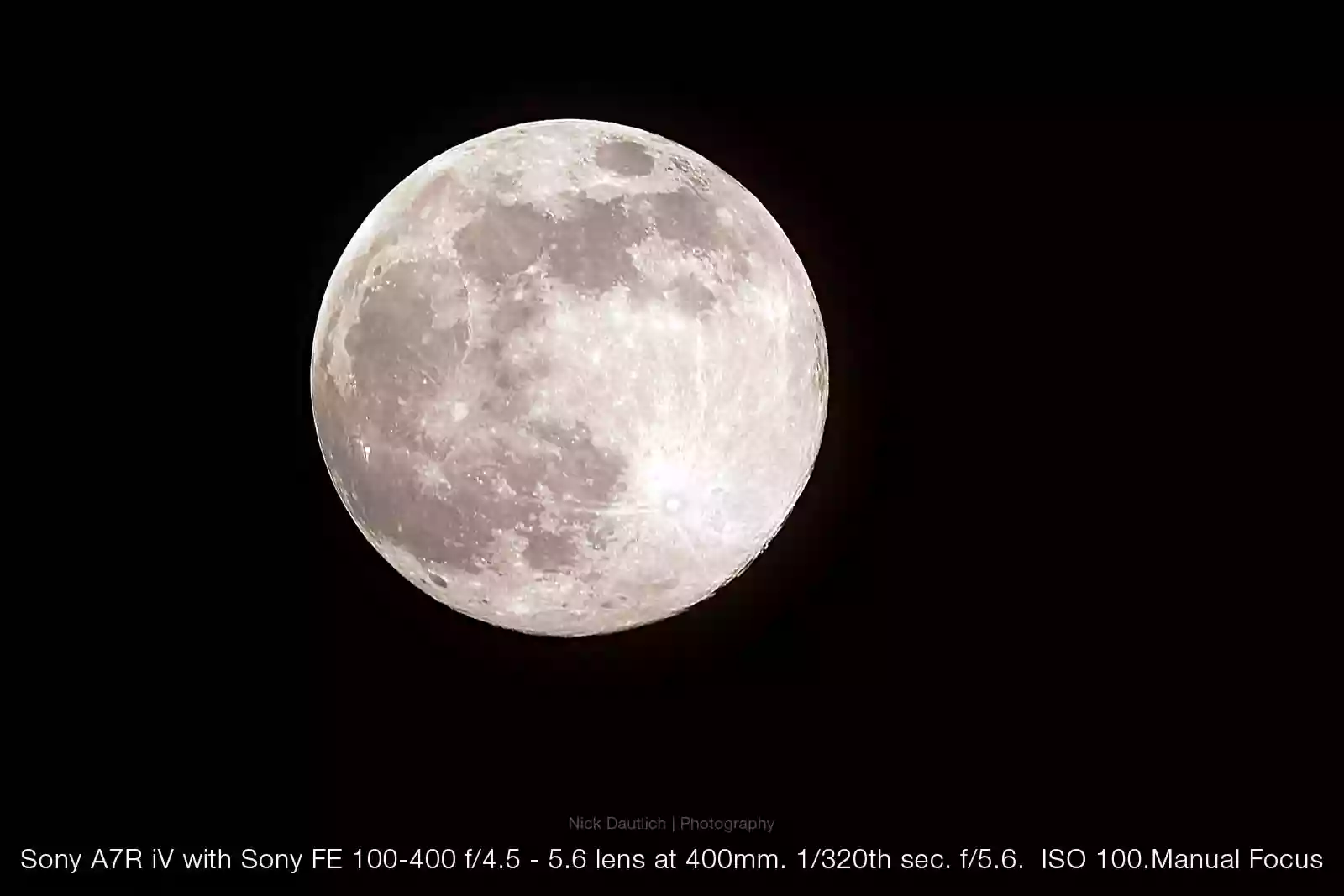
Despite being larger in the sky, both Jupiter and Saturn will be small subjects in the sky and a tripod is recommended to get the most stable platform whilst shooting at super telephoto lengths. We have a host of tripods available with the Manfrotto MPRO Aluminium Tripod being a popular choice for combining excellent stability with a good price point. Choose the most stable tripod legs possible and use a remote control or cable release to delay the shutter firing. This reduces camera shake, once again achieving a sharper image.
Using binoculars to View Celestial Beings
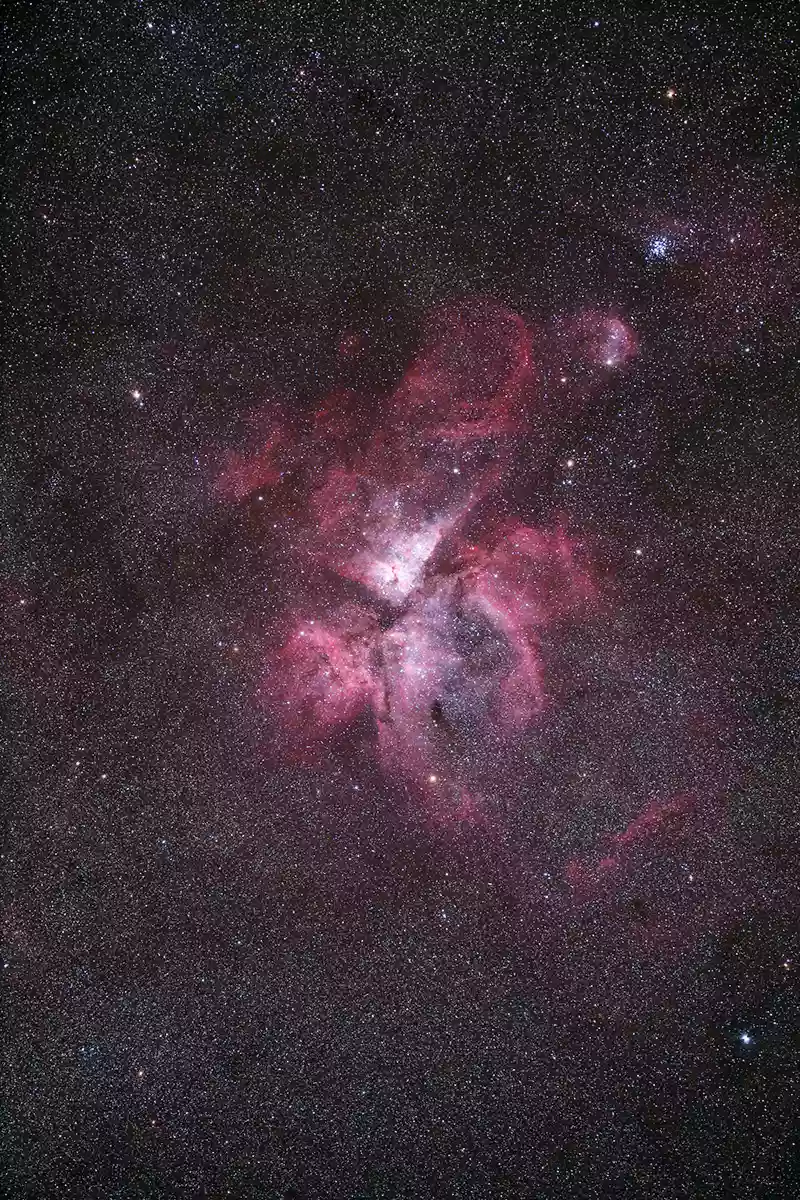
For general night sky viewing and to plan a planetary shot, using a pair of binoculars can be both enjoyable and useful. Opticron produce a number of models including the image stabilised Opticron Imagic IS 10x30 Opticron Imagic IS 12x30. Stabilisation helps in the same way as with a telephoto lens, keeping the subject still and more readily viewable. For one of the ultimate pairs of Goggles leading
Swarovski EL 12x50 W B provide superb magnification together with features suitable for star gazing as do the Leica ULTRAVID 12x50 HD-Plus.
Useful Night Sky Photography Accessories
Using a camera controller such as the CamRanger 2 Wireless Tethering And Camera Control provides wireless camera control for most major camera brands. This excellent device allows photographers to remotely control their camera with advanced exposure bracketing and much more. For photographers capturing time-lapse the Syrp Genie Mini II Motion Control Device is a motion device for creating spectacular motion time-lapse.

We hope our customers manage to get out safely to enjoy the phenomenon as well as trying out astronomy and night photography. It really opens up a whole new avenue of possibilities for exploration and subject interest.
This post explains the Jupiter phenomenon currently occurring excellently over at Universal Workshop for those who wish to find out more. Apologies for providing no photographs of Saturn or Jupiter. If any of our customers have any we'd love to see them! You may also want to be inspired by the current Insight Investment Astronomy Photographer of the Year 2020 Shortlist Gallery. There are some remarkable images which help provide insight into creative compositions and photography ideas.
Don't forget to read our recent blog post about the new Canon EOS R5 and R6 mirrorless cameras. These deliver users the ability to capture beautiful night sky images along with some incredible super telephoto RF lenses, which you can also read about here on our blog.
Here is a list of our current Astrophotography blog posts with further reading for photographers who love shooting nights.
- How to photograph the supermoon - read this one soon to catch the May 2021 Pink Supermoon.
- Quick start guide to Astrophotography - an excellent starting point for getting into Astro.
- Capturing Lunar eclipse - it doesn’t happen often so be prepared for this amazing phenomenon
Share this post:
By Nick Dautlich on 14/07/2020

Trade in your old equipment
Fast and easy trade in service ensures your old gear is collected efficiently and you are paid quickly! It's very simple to trade in your unwanted photography gear. Just head over to our dedicated Sell or Part Exchange page, fill out the details, and we'll get back to you with an offer for your old gear. Take the cash, or put it towards the cost of your new gear. It's up to you! Find out more
sign up to the newsletter
Keep up to date on the latest photography news, events and offers. Sign up now

